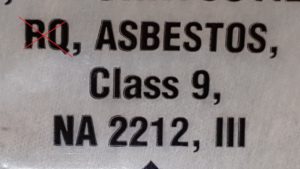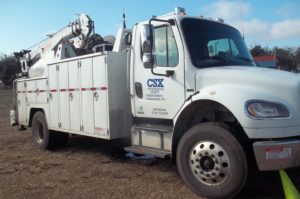Just one of those questions I frequently get from out of the blue:
What placard do I need if I am hauling a gas and water mixture?
How many gallons of that can I haul in a trailer behind my personal truck without having to go through the DOT?
My reply:
I will try to answer your question. Please see below.
- You must first determine if what you intend to ship is a hazardous material (HazMat) per the regulations of the USDOT/PHMSA. Depending on the concentration of water and gasoline, what you describe may be hazardous or non-hazardous. For the purposes of this discussion I will assume it to be HazMat.
- If the quantity of HazMat transported is 1,001 lb (454 kg) or more the vehicle must display placards and it must be registered as a commercial vehicle.

- If the HazMat is in a bulk packaging the vehicle must display placards and the vehicle must be registered as a commercial vehicle.
- If the gross vehicle weight is greater than 10,000 lbs (this includes the vehicle, the HazMat, &etc.) the vehicle must be registered as a commercial motor vehicle.
- Some state regulations are more strict than the above Federal regulations and may regulate commercial vehicles at weights of less than 10,000 lbs. (California, for example).
I hope this helps. Please don’t hesitate to contact me with any other questions.
And I assume that satisfied him because he didn’t reply (which also frequently happens).
Feel free to contact me if you have any questions about the transportation of a hazardous material and especially if you are uncertain about what is – and isn’t – a hazardous material.
Daniels Training Services, Inc. 815.821.1550 |



